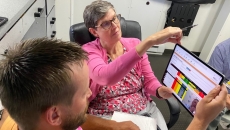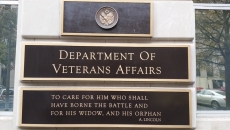Government & Policy
Across the country, the organizations are relieving stressed-out critical-care teams and filling in where necessary to fight COVID-19. The telehealth system is ready for other disasters, as well.
The agency says the lag is due to an increase in COVID-19 cases among employees, which has complicated training schedules.
Federal agencies noted that state-sponsored bad actors have targeted a variety of critical infrastructure organizations, including those in the healthcare industry.
This week's top stories include a class action complaint accusing QRS of failing to secure, monitor and maintain protected patient data following a breach, and New York's booster mandate that aims to protect the health of a stretched-thin workforce.
The partnership will help the Department of Veterans Affairs continue to evolve its Lighthouse API program.
Planning guidance sets out goal to exploit the full potential of technology.
2022 Look Ahead
Among the new changes for the Interoperability Standards Advisory: HL7-enabled help for CDC COVID-19 reporting, and new standards and implementation specs for labs, e-prescribing and public health.
The new Final Version 1.0 provides unified specifications for patient addresses. A new companion guide developed with AHIMA offers healthcare organizations help with implementation.
A new report digs into policies around the country through the lens of patient access and ease of providing care; the study assesses different approaches to telehealth in all 50 states.
The moves come amid nationwide reports of shortages and rising case rates fueled by the omicron variant.









